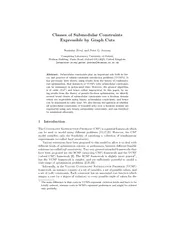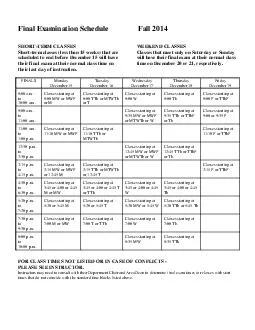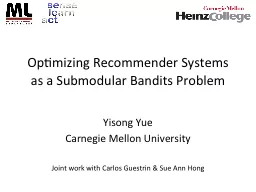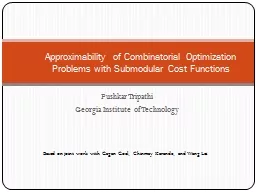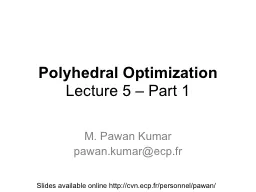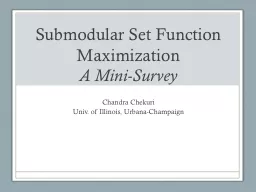PDF-Classes of Submodular Constraints Expressible by Graph
Author : liane-varnes | Published Date : 2015-06-15
Jeavons Computing Laboratory University of Oxford Wolfson Building Parks Road Oxford OX1 3QD United Kingdom stanislavzivnypeterjeavons comlaboxacuk Abstract Submodular
Presentation Embed Code
Download Presentation
Download Presentation The PPT/PDF document "Classes of Submodular Constraints Expres..." is the property of its rightful owner. Permission is granted to download and print the materials on this website for personal, non-commercial use only, and to display it on your personal computer provided you do not modify the materials and that you retain all copyright notices contained in the materials. By downloading content from our website, you accept the terms of this agreement.
Classes of Submodular Constraints Expressible by Graph: Transcript
Download Rules Of Document
"Classes of Submodular Constraints Expressible by Graph"The content belongs to its owner. You may download and print it for personal use, without modification, and keep all copyright notices. By downloading, you agree to these terms.
Related Documents

